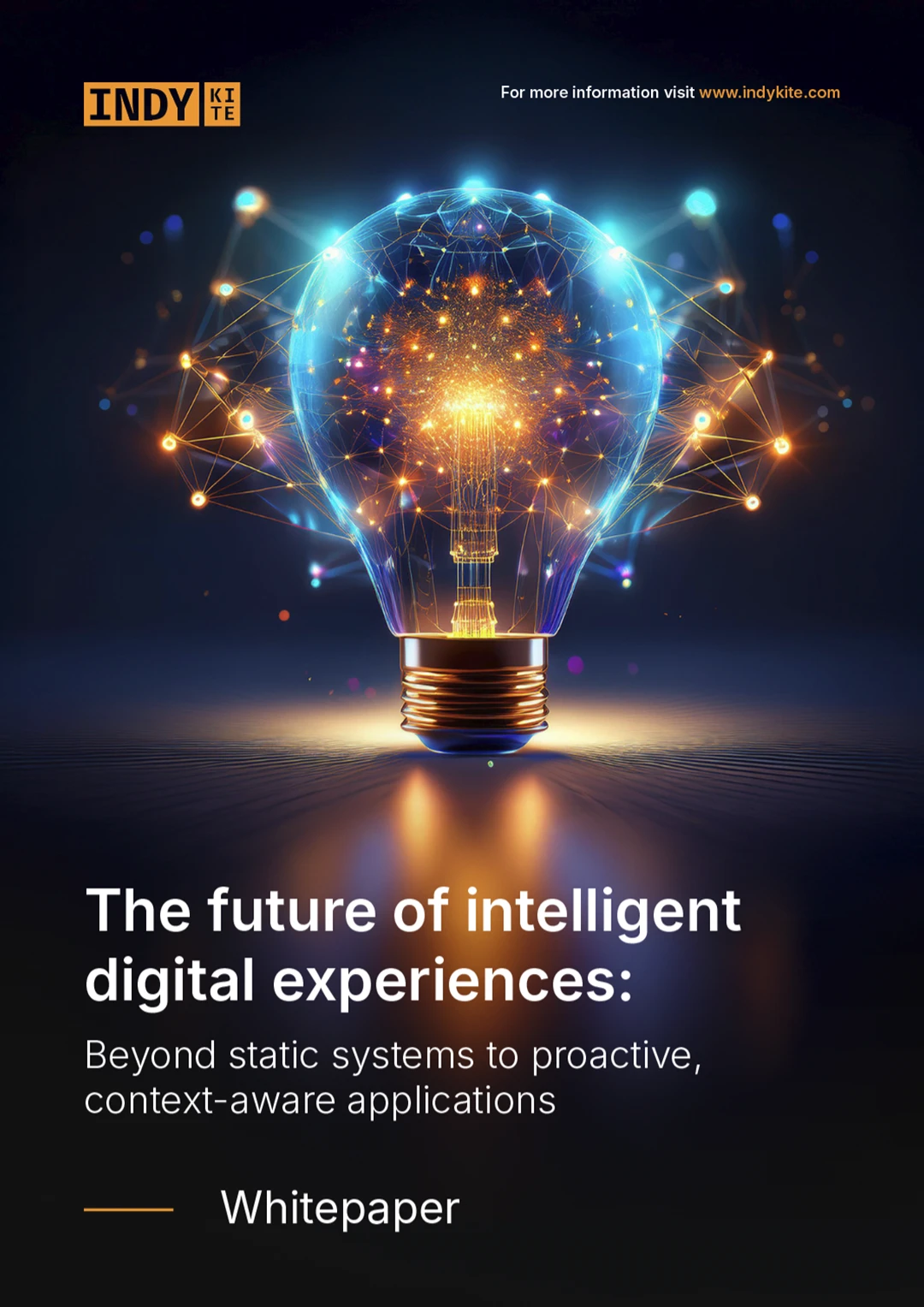As a result, many existing solutions are relatively poorly equipped to support a modern approach to identity data management. This is often due to static data backends, designed for a former era, and hardcoded access decisions in standalone applications.
To function well in today’s technical landscape, applications need integration, orchestration and flexibility.
Modern challenges require modern solutions that are flexible, intelligent and data-driven.
A new data model for IAM
As organizations continue to struggle with the limitations of traditional IAM, the emergence of graph technology, enabling connected data models, offers a compelling alternative. Graph technology has been labeled as one of the hottest tech trends of the decade, offering better control, flexibility, and scalability to address a wide array of IAM use cases.
By mapping identity and business data in the form of relationships with interconnected nodes and edges, graph has a unique ability to capture complexity and utilize dynamic data. Furthermore, it makes it possible to manage data in a more natural, intuitive way, giving context to otherwise meaningless information. When applied to identity data, this can result in a number of ways that businesses can realize value, turning a former liability into a business asset.
A connected data approach means you can leverage more information as ‘context’ for authorization decisions. This means you can build more complexity and flexibility into access policies, enabling new use cases such as delegated or power of attorney authorization.
The flexibility of a connected data model also means that you can design more intuitive, seamless customer journeys, with full control over when and how data is captured and utilized.
Alignment and unification of data across the organization
The days of siloing IAM data from the rest of the organization is coming to an end as more and more businesses are realizing the value of aligning and unifying identity and business data.
With a unified approach you can securely connect your IAM to your architecture in a way that protects sensitive information, while enabling interoperability. The identity-centric knowledge graph can ingest and reference data across your organization, while capturing important information (like provenance details) for the data sets. This allows you to leverage rich information to enhance authorization decisions and orchestrate identity management, without exposing sensitive data to risk. Further, unifying IAM data with business data in a connected data layer, makes it available for further use across the business. >>> Skip ahead to read about Extending the value of IAM across the business.
A unified approach to IAM also supports centralizing access decisions external to the applications and systems themselves. This means seamless customer experiences across your brand, consistent access logic, orchestrated identity management and a significant reduction in governance and administration.
Further, a unified approach will bolster your security posture, creating a firmer perimeter and reducing the risk of error.
The opportunity for IAM is clear: connected, interoperable and context aware identity services will increasingly deliver value and eliminate unnecessary barriers and friction going forward.
Benefits of unified approach to IAM:
- Gaining a richer understanding of your customers
- Unifying and aligning your identity and business data
- Querying the data insights
- Enhancing your threat detection and response
- Leveraging the data in the development of new products and services
- Enhancing authorization decisions
- Implementing machine learning, automation, artificial intelligence.
The value of a unified approach doesn’t stop at IAM - it unlocks potential value to be realized across your organization. Learn more in the next article
















